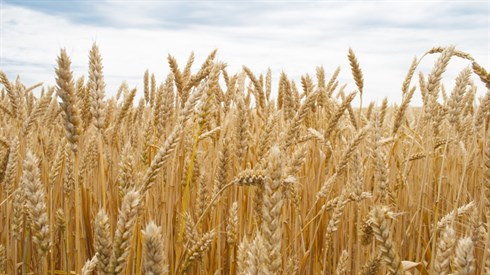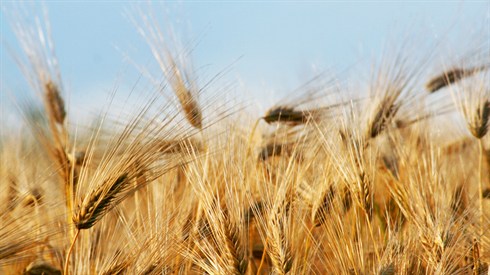- Torah Portion and Tanach
- Ekev
10
Answer: "For the Lord your God is bringing you into a good land, a land of brooks of water, of fountains and springs, flowing forth in valleys and hills, and a land of wheat and barley, of vines and fig trees and pomegranates, a land of olive trees and (date) honey." Our Sedra mentions the 7 species that the Land of Israel is blessed with. The term "7 species" is not mentioned in the Torah; this is a post-biblical expression: Bikkurim-first fruits are brought only from these seven. Six of the seven grow wild in Israel: wheat, barley, grapes, figs, olives and dates; the origin of the pomegranate is not known. The seven species ripen throughout the year; the order in which they appear in the biblical verse is also the order in which they ripen. The seven species constituted the basis of the economy in antiquity and great importance was ascribed to their fruit: they could be eaten fresh, stored and preserved for long periods, dried (figs, dates and grapes) and crushed (olives), and they could also be processed for products such as oil and wine.
In the 16th century the Kabbalists of Tzfat began celebrations of the "Tu B’Shevat Seder," during which they ate fruit, recited verses and sang songs in praise of Israel. There is no set version to the "Tu B’Shevat Seder" and dozens of variations are available. The seven species were frequently used as decorative motifs in synagogues and commonplace objects in early Jewish art. They appear on coins, seals, rings, lamps, jewelry, glass vessels, coffins, etc. Wheat and barley symbolize tilling the soil and agricultural prosperity, the basis of existence and the hope for a source of sustenance on a personal and national level alike. Grapes symbolize peace, tranquility and eternal life. The vine and its fruit symbolize the abundance of the land, as it is depicted in the description of the spies who carried a cluster of grapes on their shoulders. The fig symbolizes vitality, passion, temptation and wisdom. The Tree of Knowledge in the Garden of Eden is oftentimes identified with the fig tree. The pomegranate symbolizes beauty, love, fertility and abundance. The fruit of the pomegranate, packed with juice and a multitude of seeds, was a symbol for beauty, fertility and abundance. The olive, being a tree that is green year-round, is closely tied to the Land of Israel, its habitat. The olive is a metaphor for beauty, fertility and robustness, and it symbolizes peace and hope, wisdom and happiness. The date-palm, one of the most ancient trees in Israel, was a key element in the economy of the region’s residents. The date symbolizes honesty, justice, independence and victory.

The Melachah of Setting Fires
Rabbi Yirmiyohu Kaganoff | Tishrei 24 5777

Double Parashiyot
When is it a good idea to have doubles?
Rabbi Yirmiyohu Kaganoff

Shehecheyanu, Clothes, and Renovations During Sefira
Rabbi Daniel Mann







